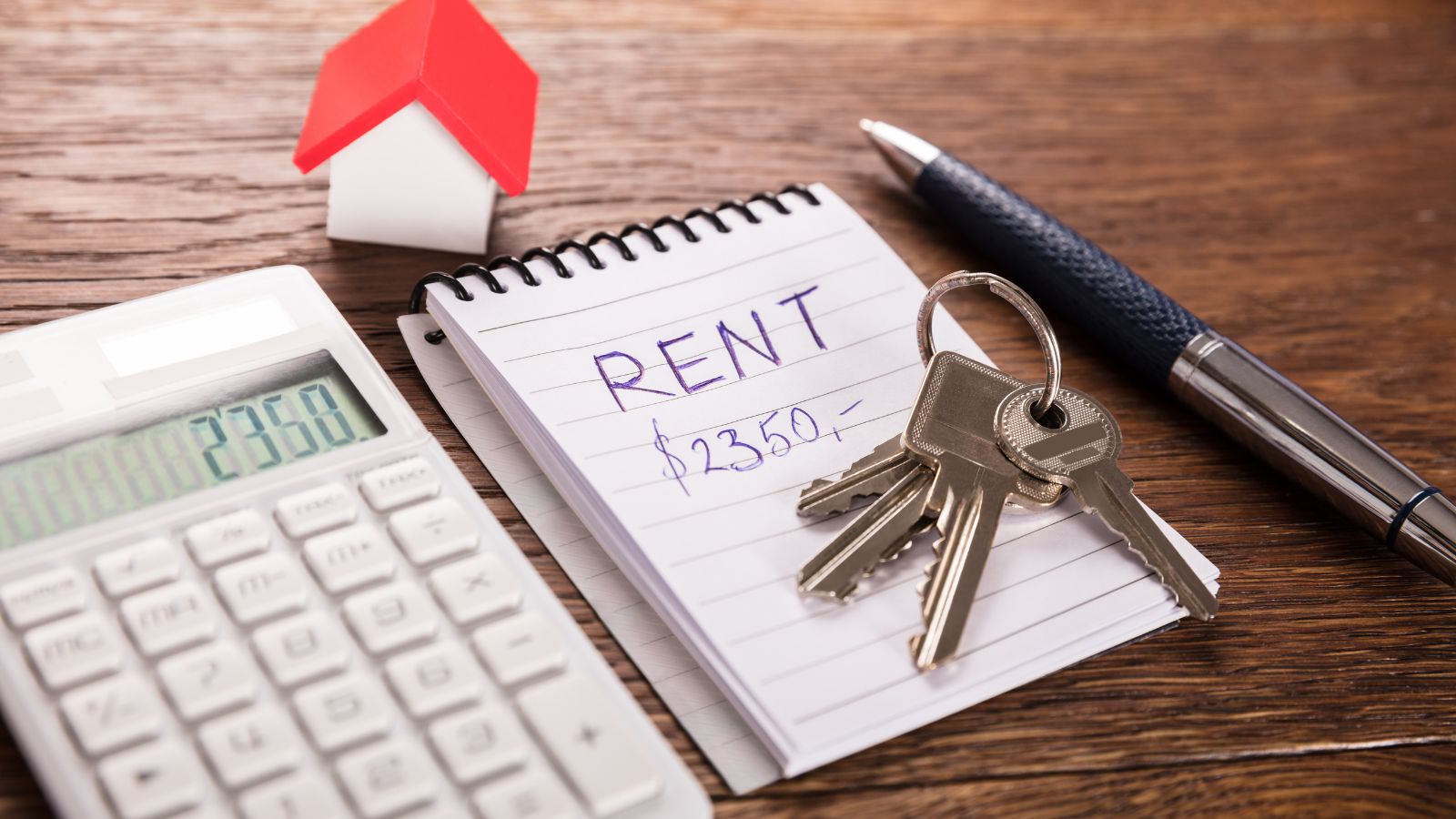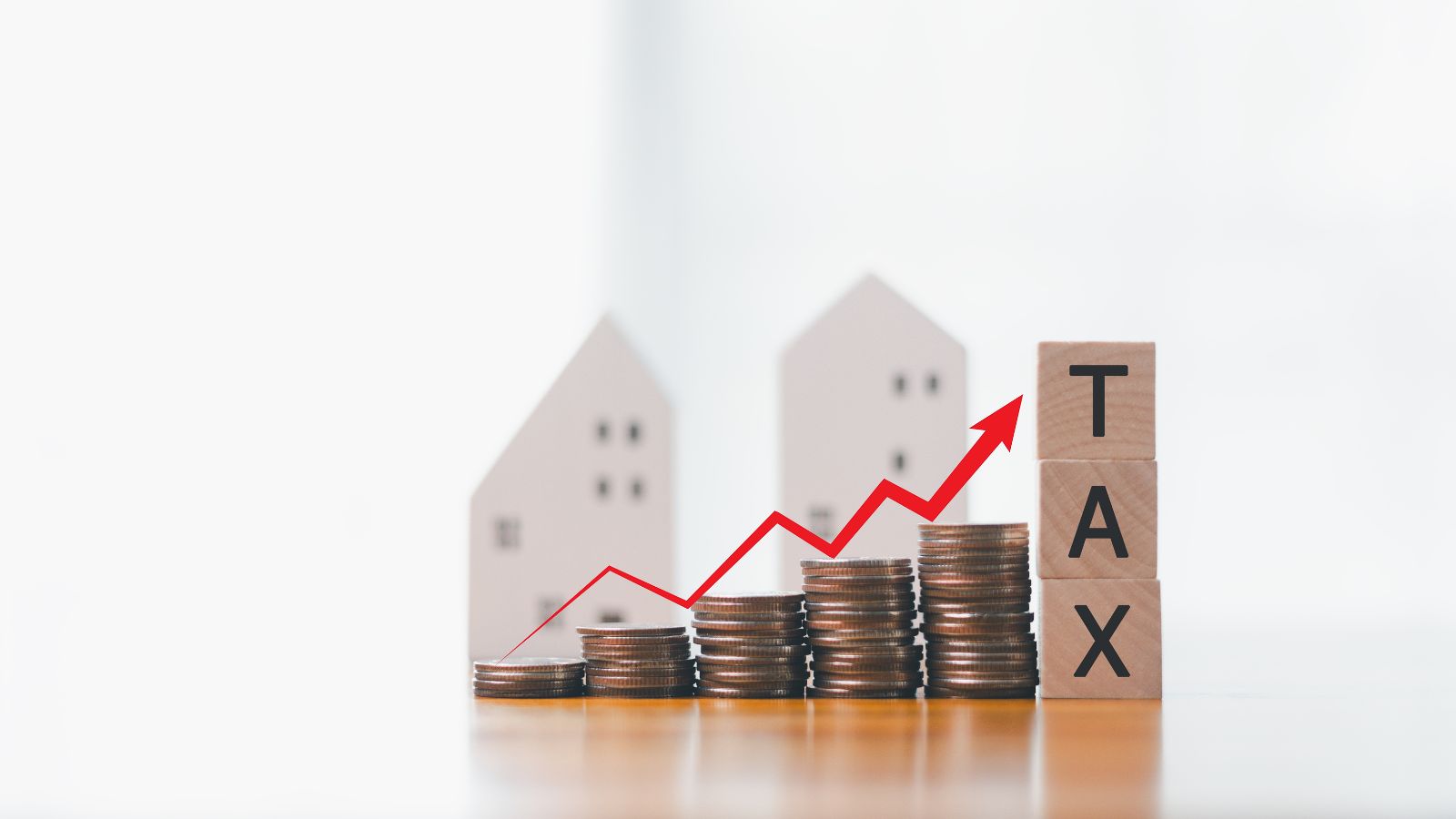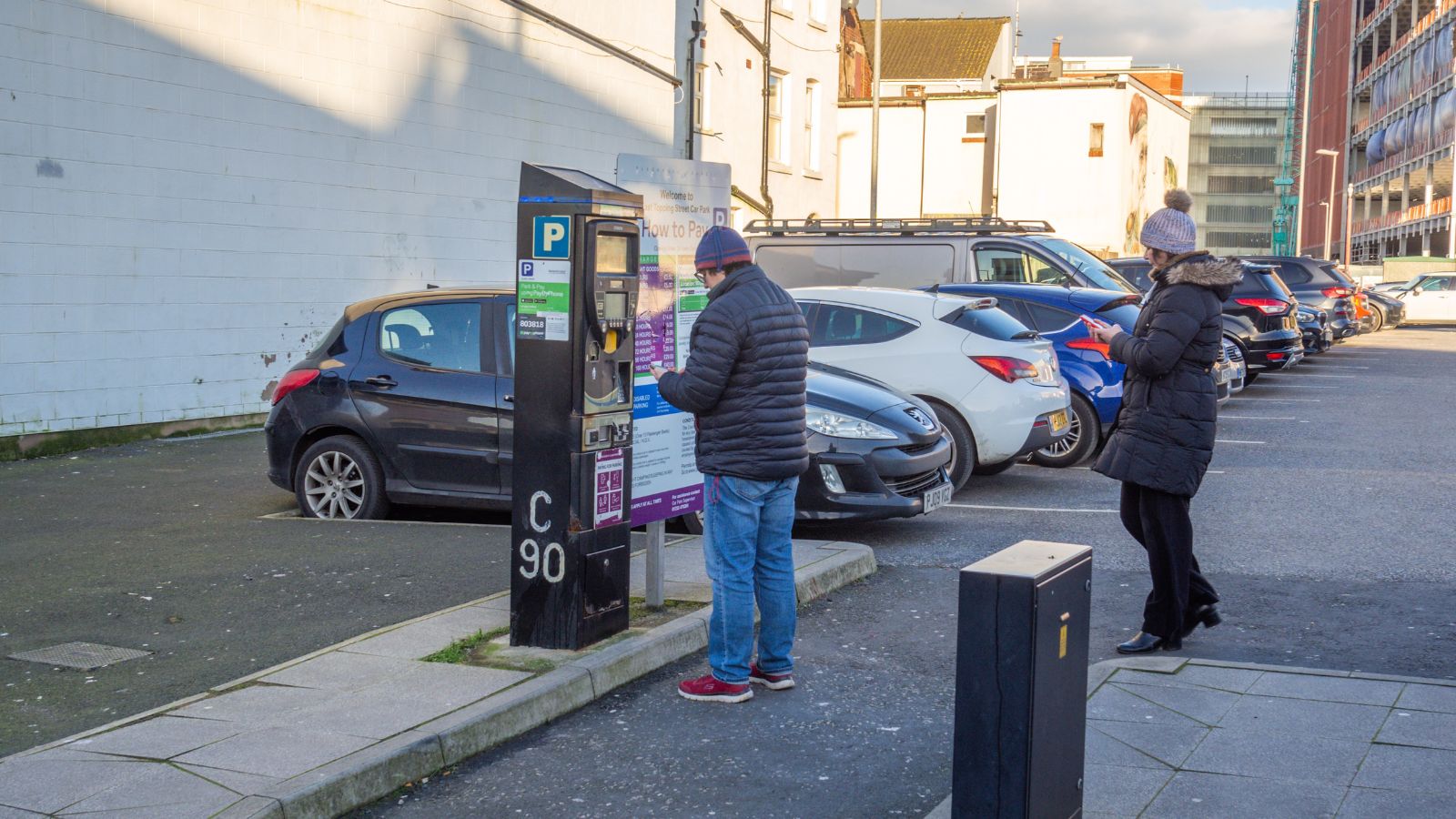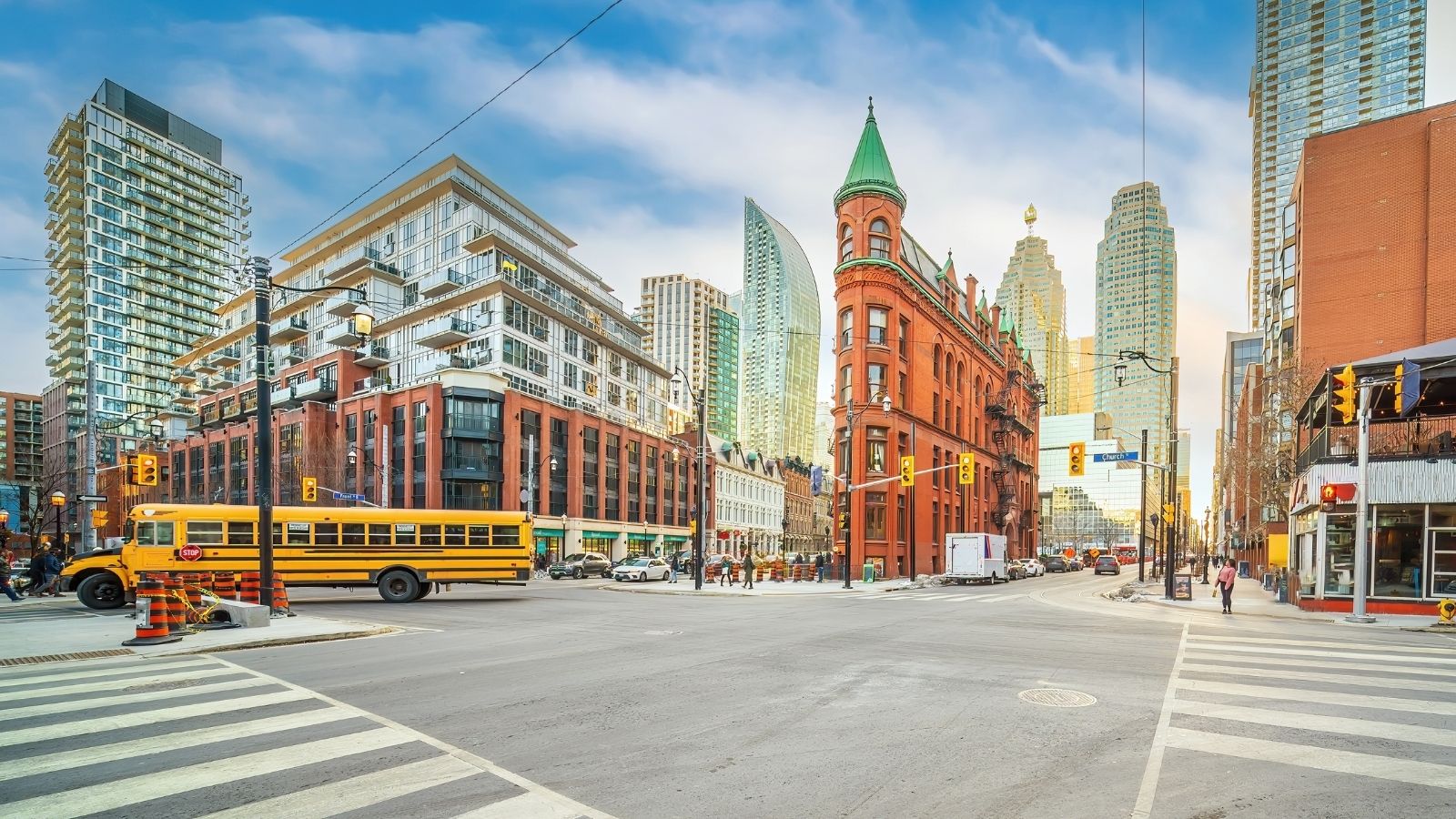Big cities promise exciting opportunities and convenient lifestyles, but living in urban areas can be expensive. From the increased cost of housing to the unexpected expenses of commuting we look at 20 eye-opening facts about the often-overlooked financial realities of city living:
Lack of Affordable Housing Options
 Cities are known for their lack of affordable housing, which limits options for residents on a budget. Affordable housing lists can be lengthy and without a well-paying job, affording a decent home in a safe neighborhood can be a challenge.
Cities are known for their lack of affordable housing, which limits options for residents on a budget. Affordable housing lists can be lengthy and without a well-paying job, affording a decent home in a safe neighborhood can be a challenge.
High Rents

The cost of housing is one of the biggest expenses in city life. In metropolitan areas, renting a one-bedroom apartment can easily cost two or three times more than in smaller towns or suburbs. In cities like New York or San Francisco, housing costs often consume a substantial portion of monthly income.
Higher Taxes

City residents often pay higher taxes, especially in cities with extra municipal or commuter taxes. For instance, New York City residents pay a local income tax on top of federal and state taxes, impacting their overall take-home pay.
Costly Parking Fees

Parking in major cities can be an expensive challenge. Monthly parking fees can range from $200 to over $500, depending on the city and neighborhood. In areas where parking is limited, residents may also need to budget for parking tickets.
Expensive Commutes

Big city commutes can be costly, whether you’re using public transit or driving. Subway or bus passes add up monthly and gas, tolls and car maintenance for drivers quickly increase the total expense.
Premium on Groceries

The cost of groceries in urban areas is usually higher due to factors like higher rents for grocery stores and limited space for big-box supermarkets. Even staples like milk, eggs and produce can come with higher price tags in cities.
High Dining Out Costs

Cities are home to world-class dining options, but eating out frequently can take a toll on your budget. With higher costs for rent and ingredients, city restaurants tend to charge more than suburban eateries. Many city dwellers find that grabbing a quick bite often adds up faster than expected.
Increased Utility Bills

Utilities in apartments in large cities can be more expensive, especially for heating and cooling in older buildings. Additionally, some cities have higher energy costs and urban apartments tend to rely heavily on air conditioning and heating, increasing energy bills.
Cost of Healthcare

Healthcare costs can vary by region, and big cities are often on the pricier side. Hospitals and clinics in large cities may charge higher fees and finding in-network care within the city can sometimes mean longer waits or additional fees.
Pricier Gym Memberships and Fitness Classes

Staying fit in the city can be a costly endeavor. Gym memberships and boutique fitness studios in major cities tend to charge more than their suburban counterparts, especially in trendy or upscale neighborhoods.
Entertainment Expenses

While cities offer a wealth of entertainment options, most of them come at a premium. From concerts and sports events to theater shows and museums, ticket prices in big cities are typically high and free events can be few and far between.
Increased Childcare Costs

If you’re raising children in the city, be prepared for high childcare expenses. In metropolitan areas, daycare and preschool costs are significantly higher, sometimes amounting to the cost of college tuition annually.
Higher Cost of Pet Care

Big city pet owners face additional costs, from dog-walking fees to higher vet bills. Many apartment complexes have pet fees and dog parks or pet-friendly zones can also come with extra expenses.
Pricey Storage Units

Space is at a premium in urban apartments and many residents find themselves renting storage units for their extra belongings. Storage rentals in cities can be costly, with prices rising the closer you get to the city center.
Frequent Maintenance and Repair Costs

City apartments often experience wear and tear due to age and maintenance fees can be higher. Some landlords pass repair and maintenance costs to tenants, meaning that things like plumbing, elevator repair fees, or security systems may come out of your pocket.
Cost of Insurance

Car, renters and home insurance rates are generally higher in cities due to increased risks associated with higher population density, crime and congestion. Urban drivers often face steeper car insurance premiums due to higher risks of accidents and theft.
Constant Temptation to Spend

Big cities are full of stores, dining spots and events, which means there’s a constant temptation to spend. Impulse purchases, from coffee to new tech gadgets, are easier to make in urban settings with countless options at every corner.
Higher Prices on Household Essentials

Household goods often come with a city price markup. From cleaning supplies to furniture, city stores tend to charge more, especially in central locations. Even items that seem like basics often carry a premium price tag.
Frequent Moving and Rent Increases

Rent hikes are common in big cities, forcing many tenants to move frequently, which adds the cost of movers, rental application fees,and deposits. Frequent moving can also disrupt your life and contribute to financial instability.
Cost of City Lifestyle

Adjusting to life in the city often means spending on conveniences and services that may be unnecessary elsewhere. From takeout meals and dry cleaning to services like laundry and cleaning, these added conveniences help residents adapt to a busy urban lifestyle but come with added expenses.
18 Reasons Why People Are Leaving Florida in Masses

Exploring factors that impact the desirability of living in Florida, this list delves into various challenges shaping residents’ experiences. From environmental concerns like rising sea levels to economic factors such as fluctuating job markets, these issues collectively contribute to a nuanced understanding of the state’s appeal.
18 Reasons Why People Are Leaving Florida in Masses
